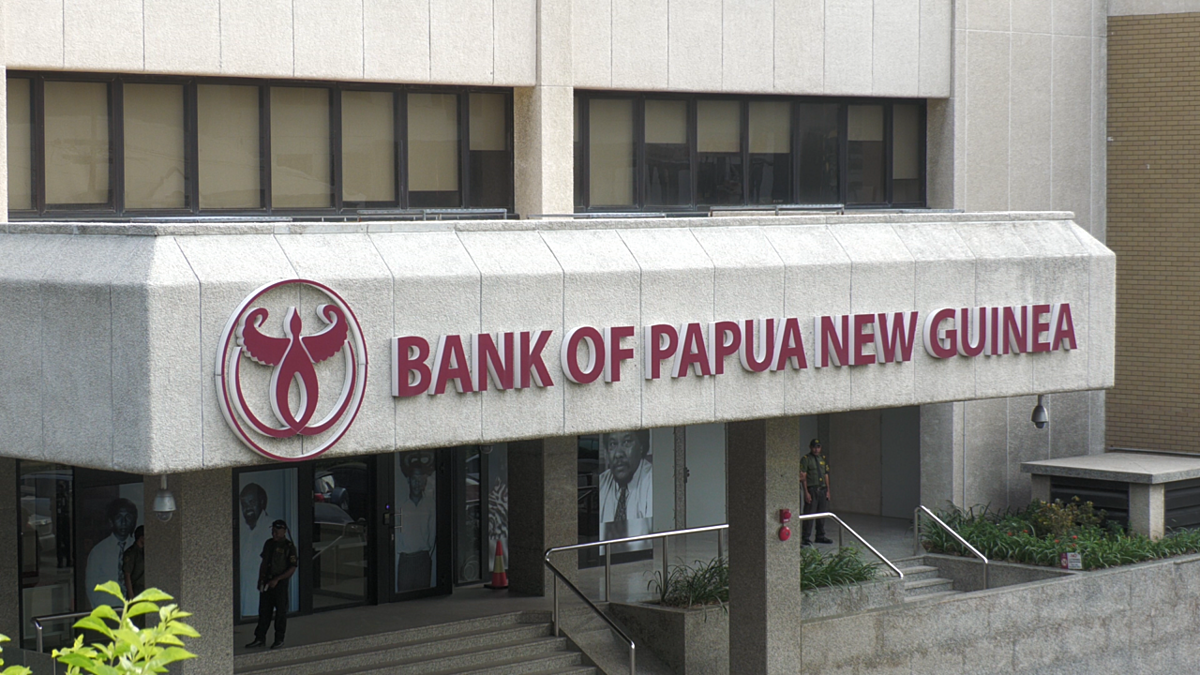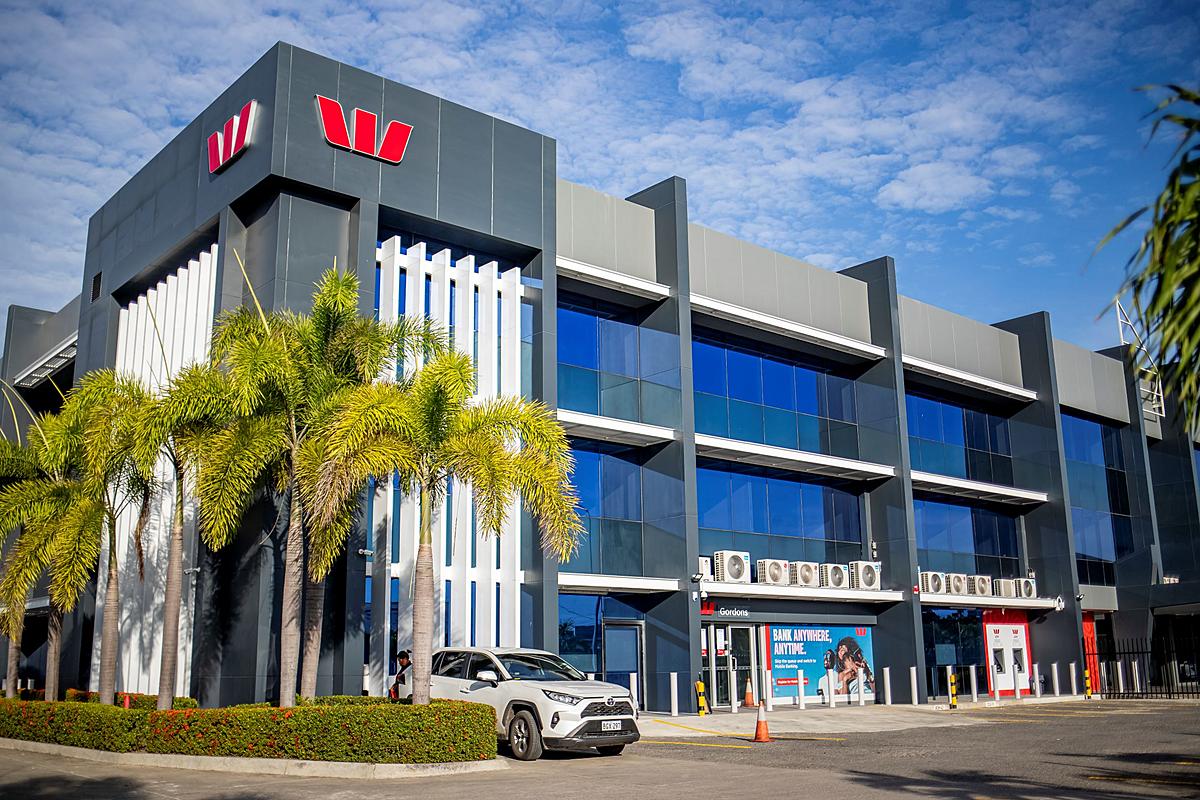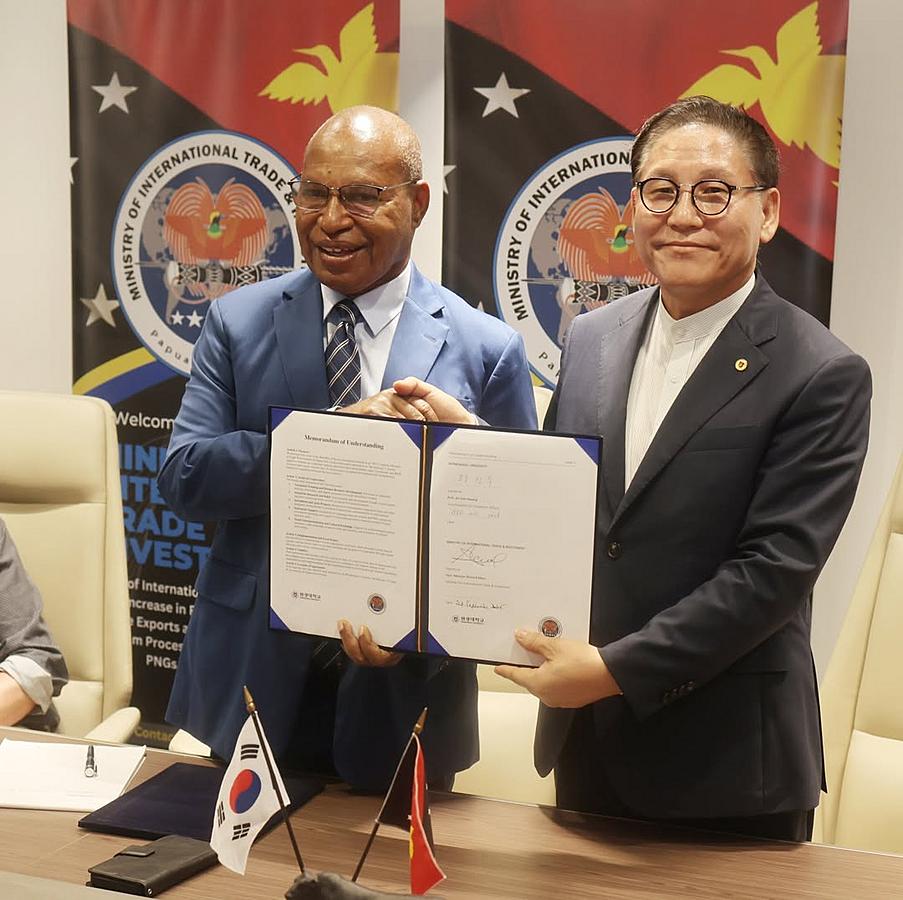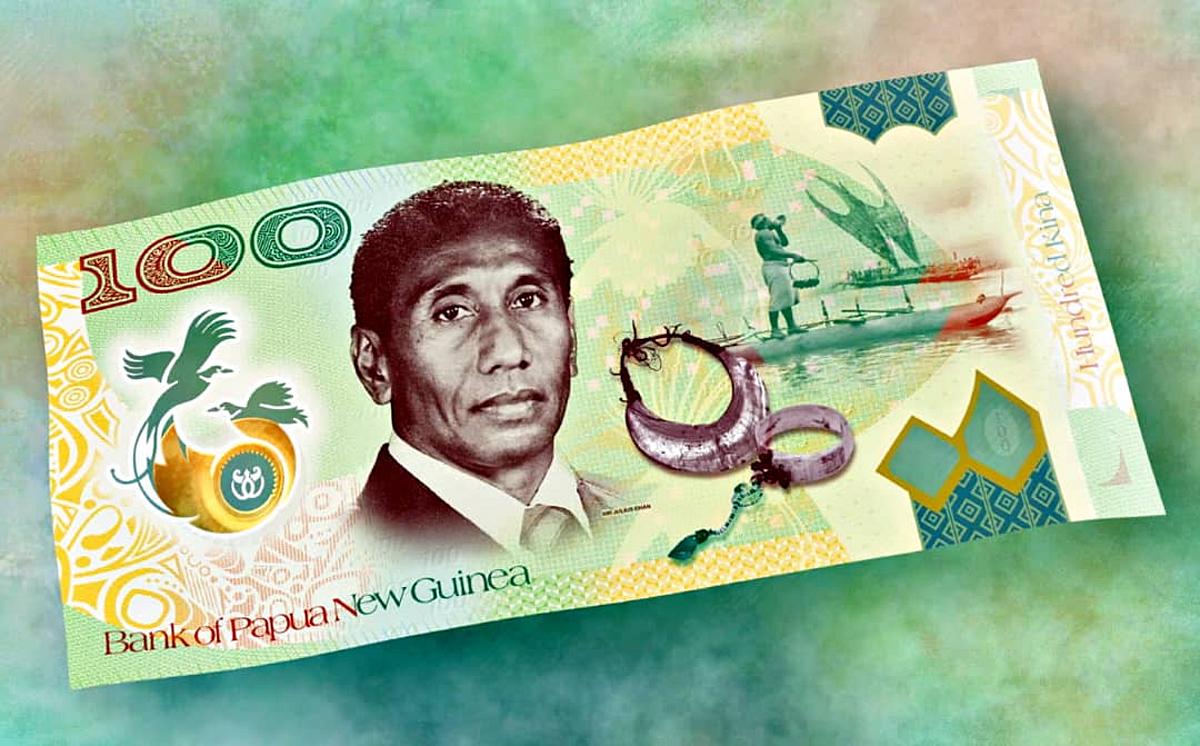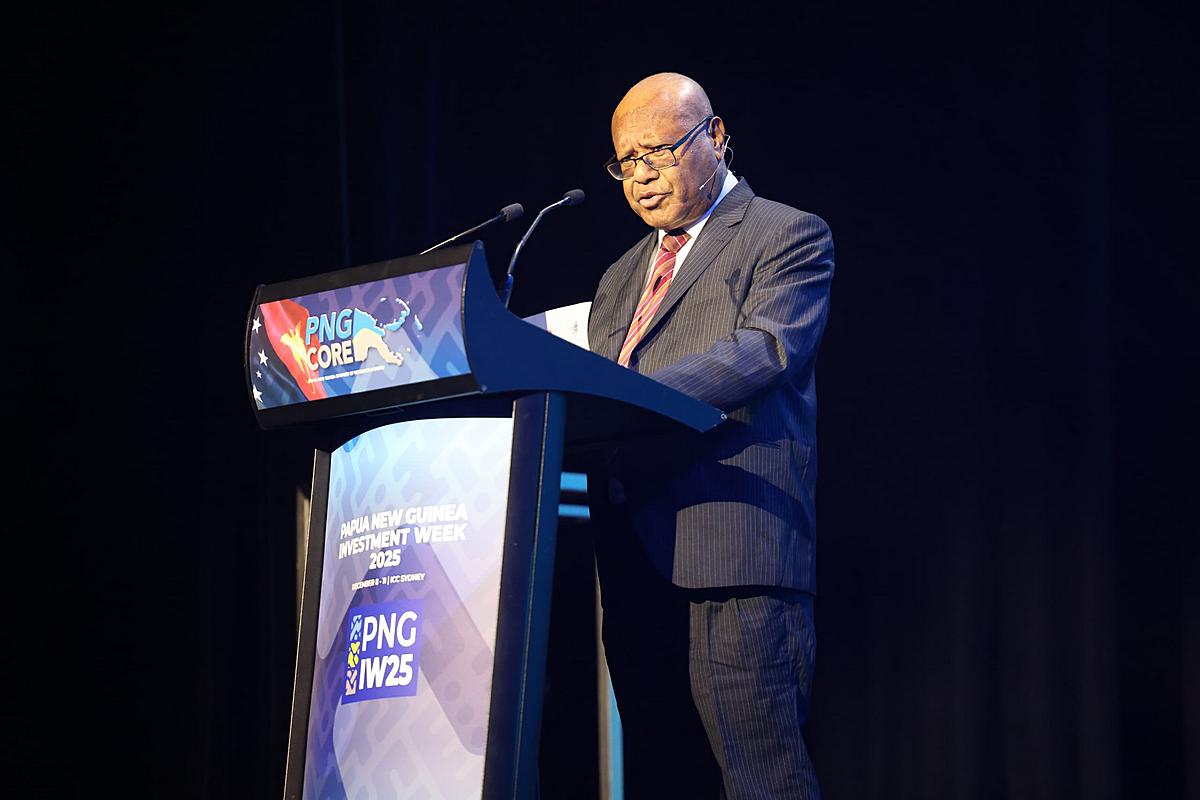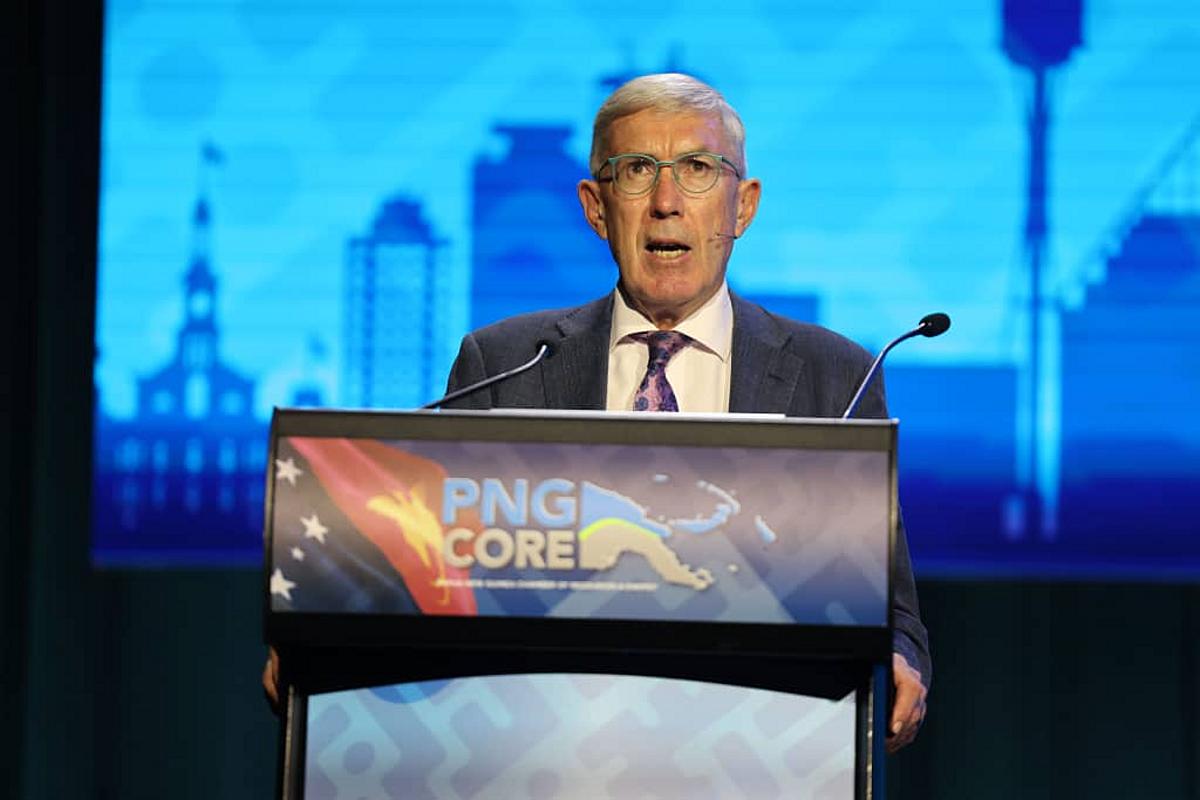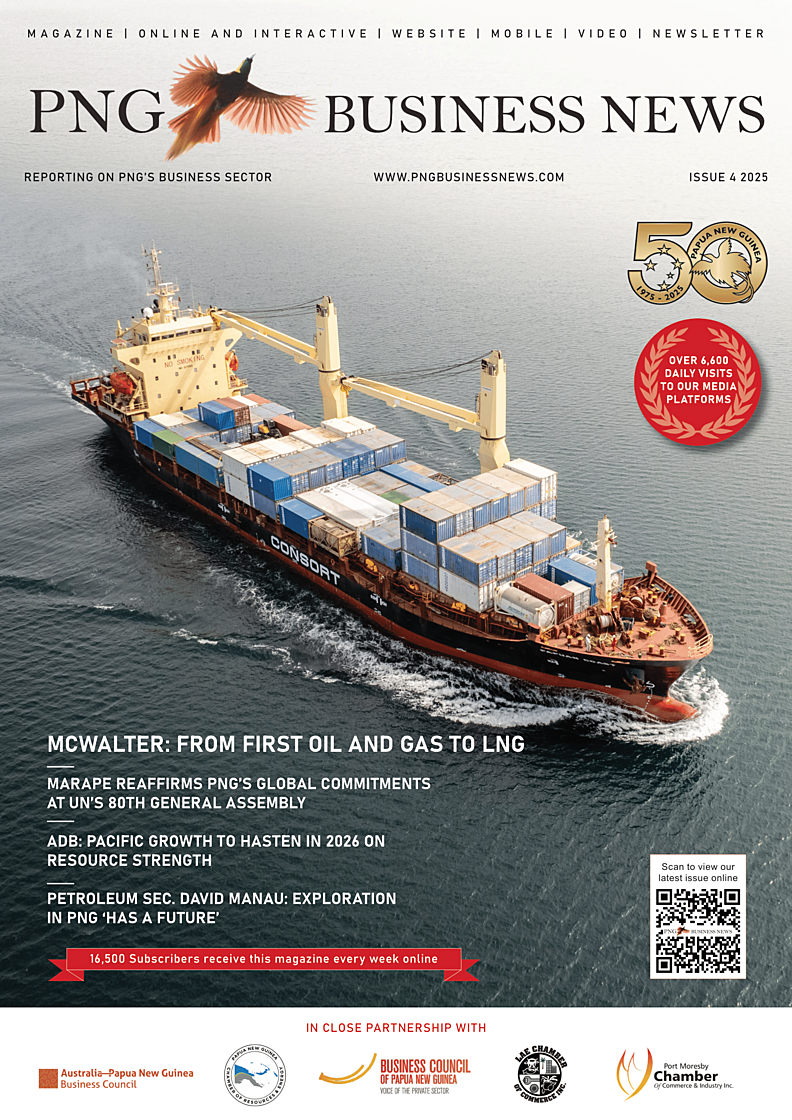The Bank of Papua New Guinea (BPNG) has raised its benchmark interest rate to 5.0 percent while easing banking reserve requirements, in a move designed to strengthen the kina, manage inflation, and keep credit flowing across the economy.
At its September meeting, the Monetary Policy Committee (MPC) lifted the Kina Facility Rate (KFR) from 4.0 percent to 5.0 percent, while reducing the Cash Reserve Requirement (CRR) for commercial banks from 10.0 percent to 9.0 percent. The MPC also widened the margin on the central bank’s repo and reverse repo facilities to 2.0 percent.
The bank said the combined measures were intended to reinforce the kina’s role as the anchor for price stability, while addressing uneven liquidity distribution in the financial system.
Inflation moderates
Headline inflation eased to 3.6 percent in June, down from 5.3 percent in March, with core inflation stable at 3.1 to 3.3 percent. The MPC said the decision to raise the KFR would help curb further inflationary pressure caused by the kina’s gradual depreciation under the crawl-like exchange rate arrangement.
The central bank expects inflation to remain contained within the 3.0 to 4.0 percent range over the medium term, although risks remain from global trade tensions, volatile commodity prices, and structural constraints at home.
Growth outlook
Domestic growth for 2025 is projected at 4.3 percent, driven by mining and agriculture. High output of coffee, cocoa, and palm oil is expected to support foreign exchange inflows, while major resource projects, including Papua LNG, are set to further lift growth in the near term.
Treasury officials told the committee that non-resource GDP growth would reach 4.7 percent in 2025, slightly lower than earlier estimates. Business confidence has improved thanks to greater access to foreign exchange, although firms continue to face higher input costs and logistical challenges.
Exchange rate stability
The MPC reaffirmed its commitment to the kina’s crawl-like arrangement, noting that the currency had depreciated by 3.4 percent against the US dollar and 6.7 percent against the trade-weighted index since March. While this has reduced the kina’s overvaluation, it has also contributed to price pressures.
Foreign reserves remain above the International Monetary Fund’s adequacy benchmark, supported by strong export inflows, LNG tax receipts, and reduced central bank interventions. As at June, reserves stood at US$3.35 billion, enough to cover nearly seven months of imports.
The committee noted improvements in the foreign exchange market, with interbank trading resuming for the first time since 2013 and outstanding FX orders falling by half to K308 million by August.
Transmission challenges
The MPC acknowledged that while adjustments to the CRR have effectively influenced liquidity and government bond yields, the KFR has shown limited impact on commercial lending and deposit rates. Strengthening transmission through deeper interbank activity and increased competition in banking remains a priority.
To address imbalances, the CRR framework will continue under a monthly averaging system, aimed at improving transparency and implementation.
Global and domestic risks
The MPC noted that global growth is expected at 3.0 percent this year, supported by stronger demand in advanced and emerging markets. However, geopolitical tensions and uncertainty around US tariffs remain risks, particularly through PNG’s key trading partners in Asia and Australia.
Simulation exercises presented to the committee showed PNG is more vulnerable to export volume shocks than to commodity price movements.
Domestically, risks to the outlook include weaker commodity prices, natural disasters, and delays to major projects, although upside potential exists if Papua LNG activity accelerates earlier than planned.
Policy focus
The central bank stressed its focus on maintaining price stability while supporting conditions for growth. The committee said its latest measures were designed to align interest rates with the exchange rate anchor, ease liquidity distribution issues, and strengthen the operational framework for monetary policy.
The meeting also finalised and approved the MPC’s charter, underlining its independence in pursuing monetary stability.

